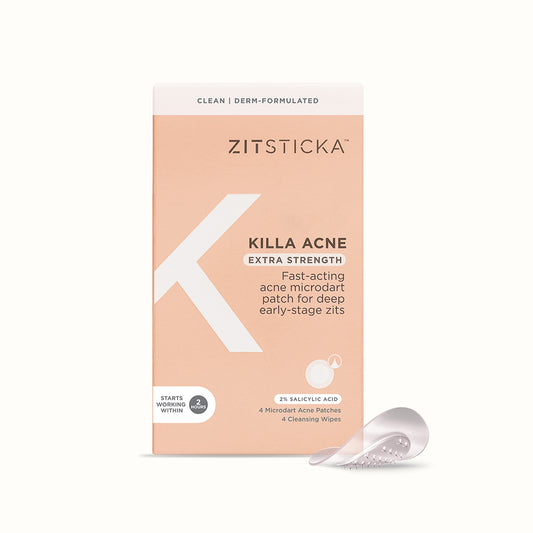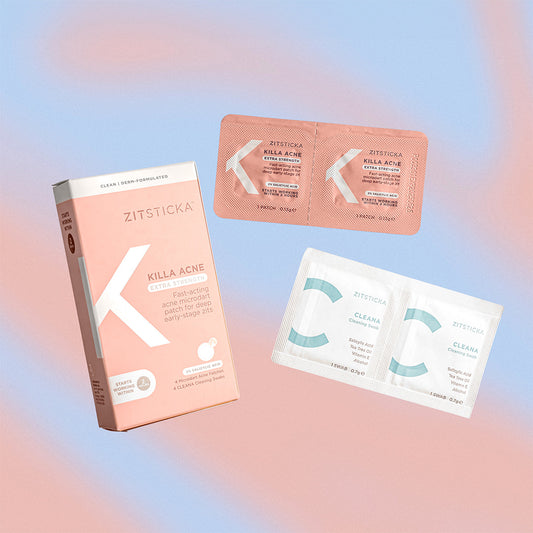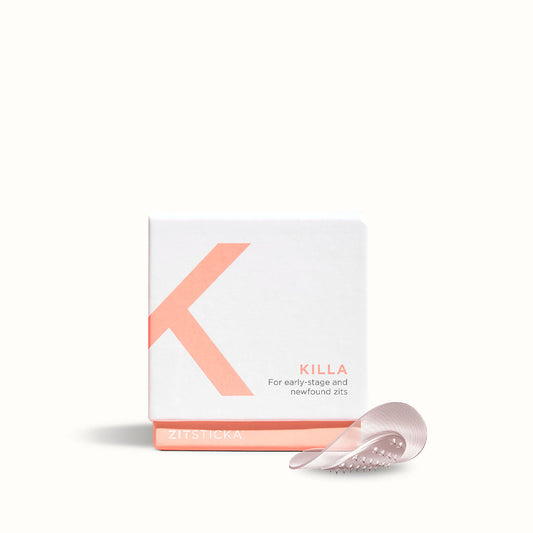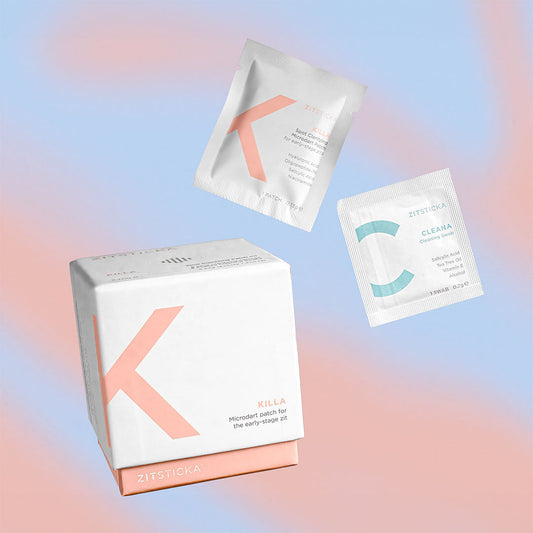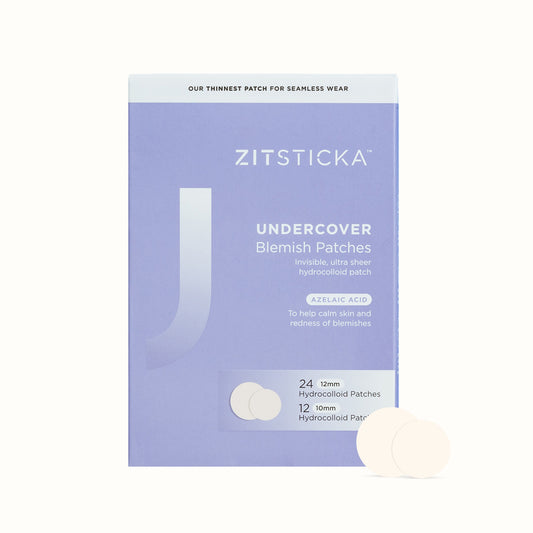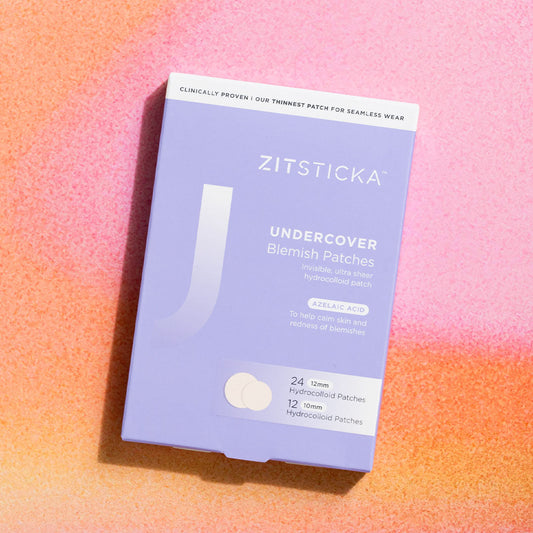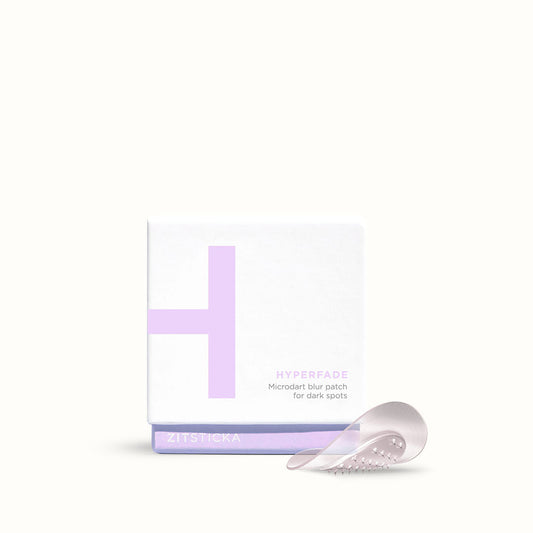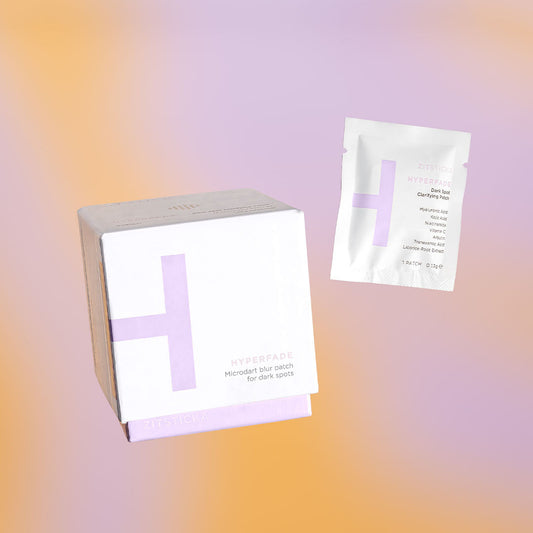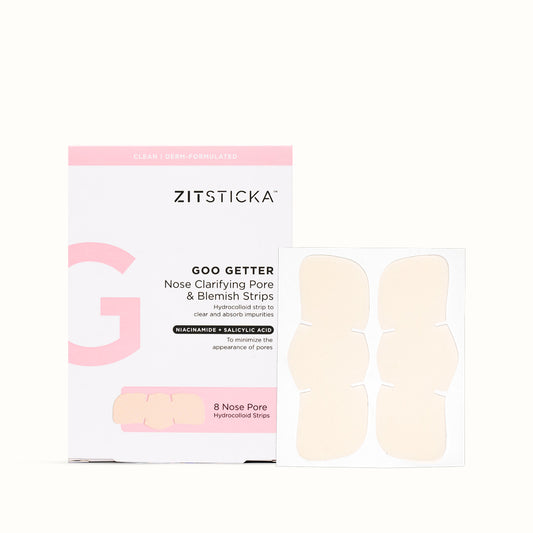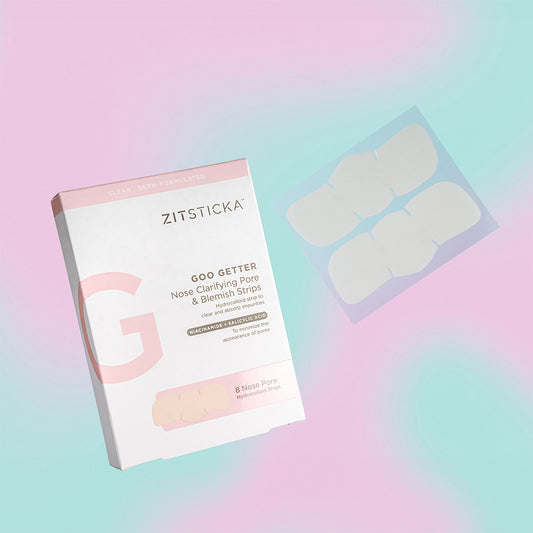Skin care. Skincare! When it comes to the world wide web, there’s no shortage of *hacks* for your routine or *must-have* product roundups.
'69 Skincare Ingredients From France that Explain Why Parisians Are So Sexy.'
With this ceaseless barrage of information coming at us from all sides, it can be impossible to think you may be missing something. Despite that, there are some unpopular or overlooked tidbits you may not have considered. Check out seven of them below.
You're wearing sunscreen wrong
It’s no disputed fact that sun damage is the number one cause of skin aging. Most of us, with good intentions, slather on a nice SPF on our face and call it a day. Dermatologists actually look at your neck and chest, not face, to gauge how old you are, because these areas are often forgotten by our SPF efforts. Next time you're putting on sunscreen, pls don’t forget your neck, chest, ears, and hands.
Bonus tip: While SPF in makeup is great, it’s also somehow not. SPF in makeup does not give you the full UVA and UVB coverage. Also, SPF is something you need to reapply regularly, and you’re much less likely to pull out your foundation at the park and reapply it.

Sometimes the best skin care is less skin care
After watching a very shiny influencer's extensive skin care vlog, we may feel the irrepressible urge to formulate a 12-step routine and then implement it three times a day. Over-stimulating our skin isn’t always the best route, though. Skin, like any other living thing, needs room to breathe. Over washing can actually break down the protective barrier which keeps moisture in and free radicals out which can lead to dryness and irritation. If you’re an avid washer, stick to something sulphate-free to avoid too much stripping. For exfoliating, only do that two or MAYBE three times a week.
In the same vein, putting a million products on our face may not be the best approach. Knowing your skin and its needs and then finding three or four products to address them, is far more helpful than blindly submitting to an influencer’s 12-step routine. Products like ZitSticka’s PRESS REFRESH mask, is a great staple, as it nourishes, unclogs pores and hydrates all in 20 damn minutes.
When they say night routine, they don't mean right before bed
And if they do—they’re wrong. Really! If you're applying serums and lotions at night, try to do it at least an hour before bed to give it time to absorb. If you don’t, the product can wipe off on your sheets and pillow cases. Without the added friction afforded by your bed, product still only absorbs at a rate of about 60%. Make sure you’re doing everything you can to keep that number high!
Bonus tip: If you wake up a little puffy, use an extra supportive pillow so that fluid doesn’t pool in your cute face while you sleep!
All natural doesn’t mean go to your pantry for ideas
No one would tell you that a natural approach to skin care is a terrible idea, but if this concept has you digging around in the fridge or medicine cabinet for DIY ingredients, you may need to exit the kitchen immediately. While it’s great that you want to go chemical free by putting avocado, honey and yogurt on your face, we need to remember that in 2020 America, the majority of food is nowhere near chemical free. The difference between the chemicals in washes and scrubs from CVS, and the chemicals in Yoplait Greek yogurt, is that the yogurt ones aren’t clinically approved for your delicate skin.
In addition, some at-home ingredients that may be touted as secret saviors are actually really bad for you. Remember when we all got mad at Bella Thorne for using a lemon, sugar and olive oil in a scrub? While sugar does exfoliate, it’s not designed for it, and can cause micro-cuts in your skin of all different sizes and shapes. Micro-abrasions to trigger healing is commonly used by dermatologists in actual microdermabrasion, but that’s a controlled, practiced procedure. Lemon is another huge no. It is one of the most acidic and irritating ingredients, and when it interacts with the sun, makes your skin photosensitive.
The same goes for ingredients like toothpaste, baking soda and apple cider vinegar. These things were simply not meant to be put on your face. When it comes to your skin, stick to the clinically approved ingredients.
Squeezing, peeling and sucking
As gross as it is, there is a certain satisfaction in picking at your skin. Extraction is a common element in facials that those with larger pores, or excess sebum, often opt for. Like all practices, there is no shortage for the at-home technique.
You’ve seen what I’m talking about! The suction wands that claim to suck up black heads, the peel masks that claim to rip them out. Across the board, dermatologists say that at-home extractions should not be done. Those peel off masks may look cool, but all they’re really doing is ripping off the top layer of your skin. Extracting with fingers or tools is also best left to the pros. There's more to it than brute force. Timing is key in preventing scarring, and you also need to know the exact direction that a follicle of sebum is pointed in order to gently remove it.
Whatever technique you’re using, at home extractions can cause intense scarring largely because they leave out the extensive and specialized preparation for your skin that is required. Patch instead, okay? KILLA deposits actives into the heart of zit, to stop your zit in its tracks before it gets real.
Pores are not temperature-sensitive
I’m sure you’ve heard that hot water opens pores and cold water closes them. This is a beauty tip that is entirely untrue, Blasting your face with hot water might actually irritate it. Hot water can make the outer layers of skin swell, which makes pores look more "open" but in reality pores are not temperature-sensitive! Hot water strips away your skin’s natural oils and for those with already dry skin can be especially inflaming. While a splash here or there might not hurt, long hot showers and baths can be harmful. Derms suggest using lukewarm water to wash your face.
Bonus tip: For extra absorbency before moisturizing, don’t completely dry your face out before applying.
Don't abandon the brows
Everyone wants thicc, full eyebrows, but what people don’t realize is that the only way to have healthy brows is to have healthy skin underneath. Why, then, do we always seem to apply the product we use to keep our skin healthy, everywhere but the brows? We have all gotten those weird brow pimples, so next time you’re applying a mask, slather it onto your forehead caterpillars.
Overtime, sagging brow lines become a huge indicator of aging. Don’t forget to moisturize them, like you would any other part of your face!
It’s what you do, but it’s also how you do it
When it comes to exfoliation and cleansing, it’s not just the strength of your product that counts, but how and for how long you work the product into your skin. Massaging product into your skin with an even, circular motions triggers blood flow to the surface and results in better absorbency. The longer you do this, the more time the product has to absorb.
When applying serums or moisturizer, make sure you’re applying product in an upwards motion. Never drag your face down when applying a product, as this kind of sagging and friction on the skin is exactly what you’re trying to avoid. Lifting the skin while applying serums and moisturizing trains requires a lighter touch then the massaging of cleansers and exfoliation, but take advantage of the lubrication to gently run your knuckles from underneath your chin, across your jawline, and up to the bottom of your ear. This releases tension in your jaw, and can even reduce swelling through the massaging of your lymph nodes. The more you know!
Building a skincare routine and need the basics? We got you.
Winter skincare hits different! Here's why.
Cover image: @honeydewgloss

